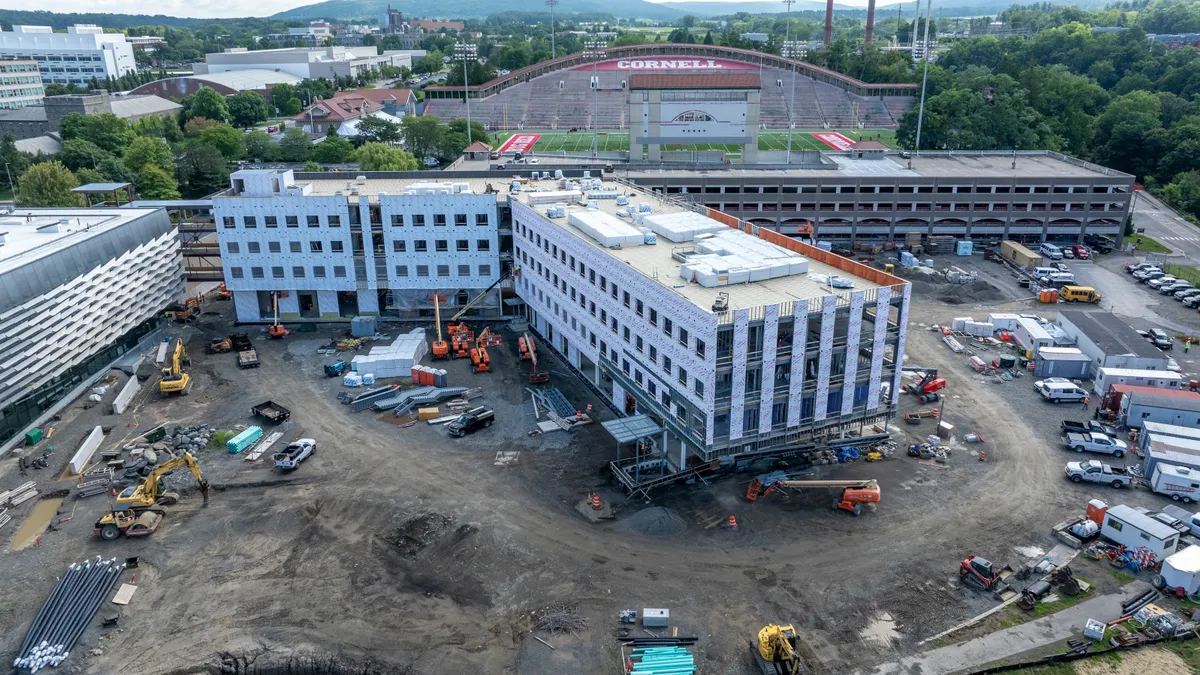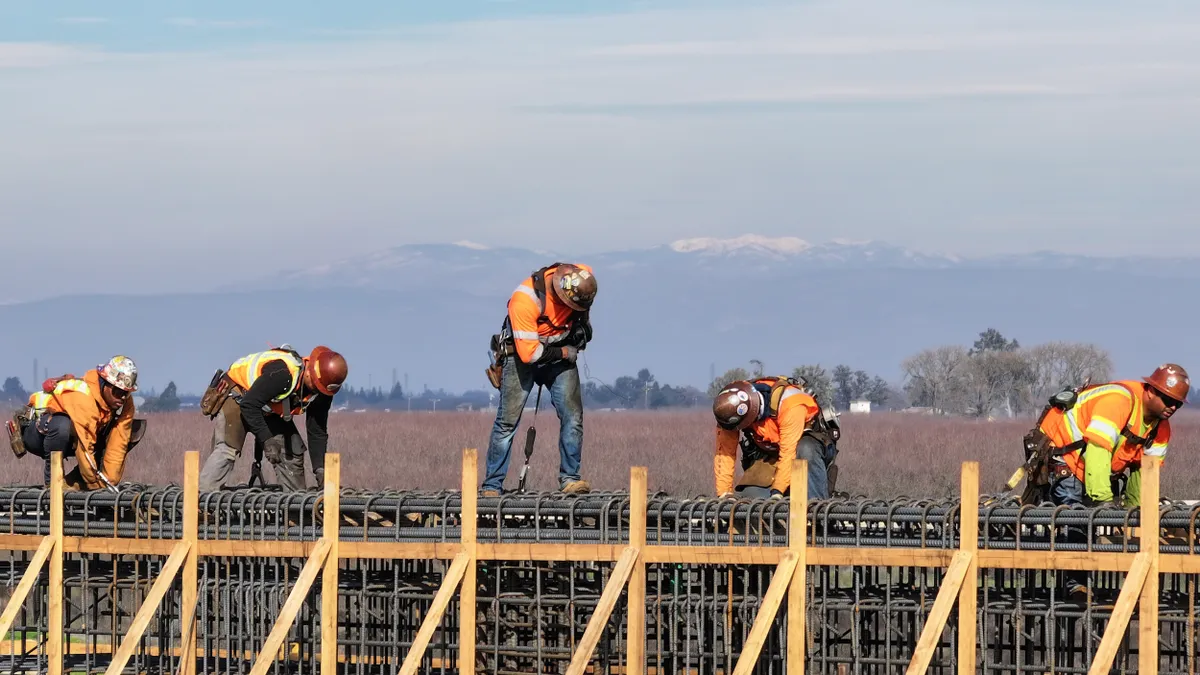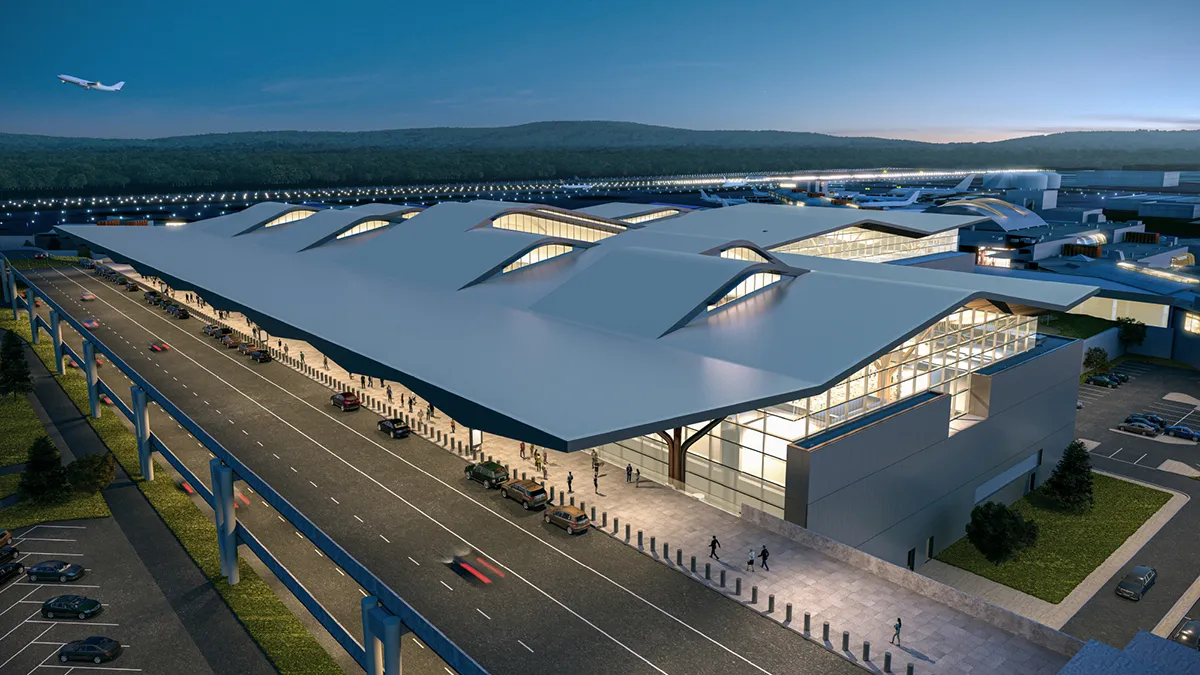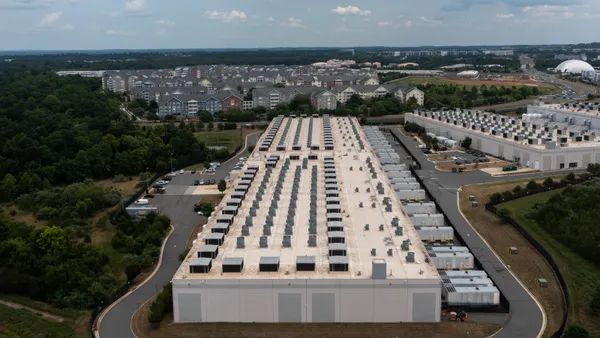Dive Brief:
- Construction costs in Los Angeles, according to a first-quarter 2018 report from consultancy firm Rider Levett Bucknall (RLB), climbed 7.59% in 2017, the biggest increase of any of the 12 major U.S. markets the company tracks. The national average construction cost increase was 4.2%.
- San Francisco and Portland were next in line with price increases of 6.23% and 6.05%, respectively, followed by Chicago (5.35%), Seattle (5.10%), Phoenix (4.31%), Denver (3.76%), Las Vegas (3.63%) and New York (3.29%). All of the metros in RLB's latest North America Quarterly Construction Cost Report experienced cost increases with the exception of Honolulu, where expenses dipped 1.74% between January 2017 and January 2018. RLB bases its calculations on labor, materials, general and subcontractor overhead, taxes and profit.
- In commentary accompanying the report, Julian Anderson, chairman of RLB's global board, said the industry has not yet felt a dramatic – or quantifiable – cost effect of President Donald Trump's 25% tariff on foreign steel or 10% duty on aluminum, partly due to the outcries of foreign governments and construction groups like the Associated General Contractors of America, which led to permanent and temporary exemptions. Anderson said potential long-term effects of the tariffs are still unknown.
Dive Insight:
The U.S., according to Reuters, is the biggest importer of steel in the world, buying almost 40 tons (35.6 metric tons) in 2017. Much of the material the U.S. buys is from countries that hold tariff exemptions – at least 50% from Canada, Brazil, Mexico and South Korea alone. So, as RLB indicated, the new regulation hasn't had a significant impact on costs yet.
However, that doesn't mean the market has been without reaction to the tariffs. According to the National Real Estate Investor, some end users saw early price increases of 10% before the tariffs' effective date of March 23. Some contractors in negotiations for new work at the time of the announcement insisted on tariff riders that allowed for additional compensation if steel prices rose because of the new regulations. However, the uncertainty around higher costs should have diminished at least somewhat given the current exemptions.
Even without the tariffs, material prices have been climbing. The most recent data revealed that March prices increased almost 6% from March 2017. Natural gas (34%), softwood lumber (16.3%) and unprocessed energy materials (8.6%) had the biggest year-over-year increases, but iron and steel also beat the national average with a 6.5% jump.
Contractors might be forced to dip into profits to make up for these increases, but what remains to be seen is whether margins are big enough to also withstand the additional costs of tariffs.















